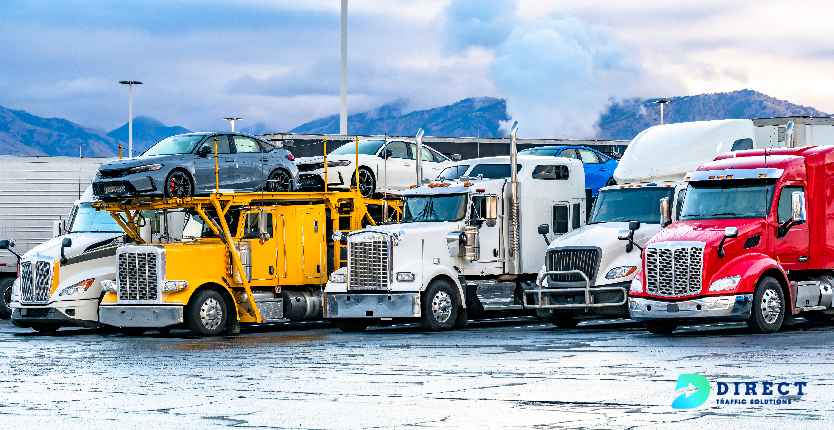
Truck Drivers Are The Most Essential of Essential Workers. They Deserve Our Gratitude and Respect.
If you have walked into a store and seen items missing, or wondered why home improvement contractors are backed up, or found your business waiting for vital orders – then you have witnessed just some of the effects of America’s challenges with truck driver capacity.
This refers to the number of drivers available to move our nation’s goods at any given time, and it has been a problem for decades. As the pandemic caused unprecedented disruptions to our supply chain and increased demand for goods moved by truck, the problem became even more glaring.
For truck drivers, who face long, stressful, and often underpaid hours away from home, for the hundreds of millions of people who rely on the goods delivered by truck every day, and for the safety of everyone who shares the road with truck drivers, we need to finally start addressing this issue.
To do so, we need to understand the root of the problem. The core reason for America’s truck driver capacity issue is the startlingly low retention of current drivers.
Among large truck companies, driver turnover rates for long haul drivers are over 90%. For smaller ones, it’s not much better, 72%. In the long haul sector, drivers are regularly leaving companies or leaving the industry altogether.
America pays heavy costs when that many drivers leave. It takes a heavy toll on the drivers themselves, who in many cases paid out-of-pocket for training or even bought trucks to enter the business. Lack of driver capacity can cause disruptions in the shipment of things we rely on; about 72% of goods in America are shipped by truck, and in most communities, trucks are the only form of delivery.
We also know that driver turnover makes truck drivers – and everyone else on the road – less safe. Studies are clear that drivers who have more experience, and drivers who stay with the same company, are less likely to get into a crash. In 2019, over 5,000 Americans died on our roadways in fatal crashes involving a large truck, a number that has been steadily rising over the past decade. Over 800 of those who died were truck drivers. Truck driving remains one of our country’s most dangerous jobs. It doesn’t have to be.
So how do we start to turn the tide for trucking?
Earlier this month, as part of President Biden’s Supply Chain Disruption Task Force, we hosted a convening with truck drivers, businesses, labor representatives, advocates, and academics. We discussed a number of ways to increase retention, focused on paying drivers by the hour (rather than the mile) so they’re not incentivized to speed and they’re not penalized for delays they can’t control. We also discussed better training and debt-free routes into the career, changes that empower women and people of color to safely and successfully enter the field, more flexible hours and opportunities, and technologies that improve safety and minimize time away from home. Some of these changes mean altering long-standing business practices, others involve modernization, and in either case our Departments are committed to helping.
We’ve heard some people suggest that the problem is about hiring. The Department of Transportation has pulled the levers at its disposal to get drivers on the road without compromising safety. It has given state DMVs the tools they need to issue an average of 50,000 new Commercial Drivers Licenses and Permits each month in 2021. That’s 14% higher than the 2019 average and 60% higher than the 2020 average.
We are glad that people are joining the industry – we just need to improve conditions and raise wages so they stay. Until then, we are dealing with a bucket so leaky that simply turning up the faucet cannot solve the problem.
As one strategy to boost retention, we are working together to expand Registered Apprenticeships in the trucking industry. Apprenticeships offer workers high-quality, paid on-the-job training. They’ve been shown to improve job retention across industries.
We’ve also heard questions about whether it’s worth investing energy in this industry, with automated vehicles coming down the road. We think it is. Our efforts on training and apprenticeships will help drivers succeed in the industry today and be poised to adapt in the hybrid industry of the future. The nature of trucking may change, but it will remain a good profession if we help shape the labor protections and training pathways now.
Truck drivers, like doctors and nurses, are essential workers and we need to start treating them that way. We want to help turn hard jobs into challenging and meaningful careers that secure truck drivers a place in the middle class. And making truck driving safer will save lives on our roads.
Just as the truck driver retention problem built up over decades, solving it will be a years- or decades-long effort. But as President Biden says, there is nothing Americans can’t do when we do it together.






